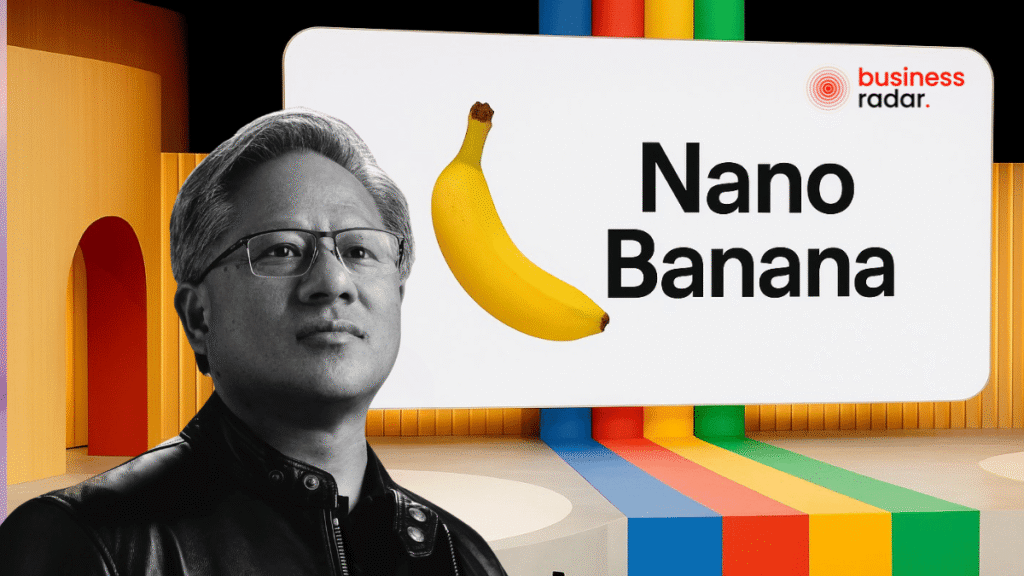Nvidia CEO Jensen Huang has never shied away from expressing bold opinions about technology. This week, he turned heads by declaring his fascination with Google Gemini’s AI image generator, calling it one of the most exciting creative tools in the artificial intelligence space.
Huang on Google Gemini
In a candid discussion, Huang revealed he regularly experiments with Gemini’s AI image generator, praising its ability to produce stunning, art-like visuals with minimal prompts. He described the tool as a window into the future of design and creativity, especially as AI begins to merge with professional workflows in media, gaming, and product design.
“Gemini doesn’t just generate pictures—it gives you the building blocks of imagination,” Huang noted, hinting that such tools could eventually integrate with Nvidia’s own ecosystem of GPU-powered platforms.
His Use of Other AI Tools
Huang also shared insights into his use of other major AI systems:
- ChatGPT – leveraged for brainstorming and rapid knowledge queries.
- Perplexity AI – used as a fact-checking and research companion.
- Grok (xAI’s chatbot) – appreciated for its quirky, “artsy” responses that fuel creative thinking.
By using a mix of these platforms, Huang highlighted how today’s AI ecosystem allows even executives to work faster, smarter, and more creatively.
Why It Matters for Nvidia
Nvidia is the backbone of modern AI, with its GPUs powering the majority of training and inference systems for models like Gemini, ChatGPT, and Grok. Huang’s enthusiasm for consumer-facing AI applications underscores Nvidia’s symbiotic role in the AI revolution—building the hardware that makes these breakthroughs possible while also being a power user of the software itself.
The Bigger Picture
Huang’s comments arrive at a time when competition between AI platforms is heating up. With Google pushing Gemini, OpenAI advancing ChatGPT, and startups like Perplexity carving out niches, the AI race has expanded beyond enterprise solutions into everyday creativity and productivity.
For Huang, however, the excitement is personal: he’s not just investing in AI infrastructure—he’s actively using these tools to explore the limits of what’s possible.
